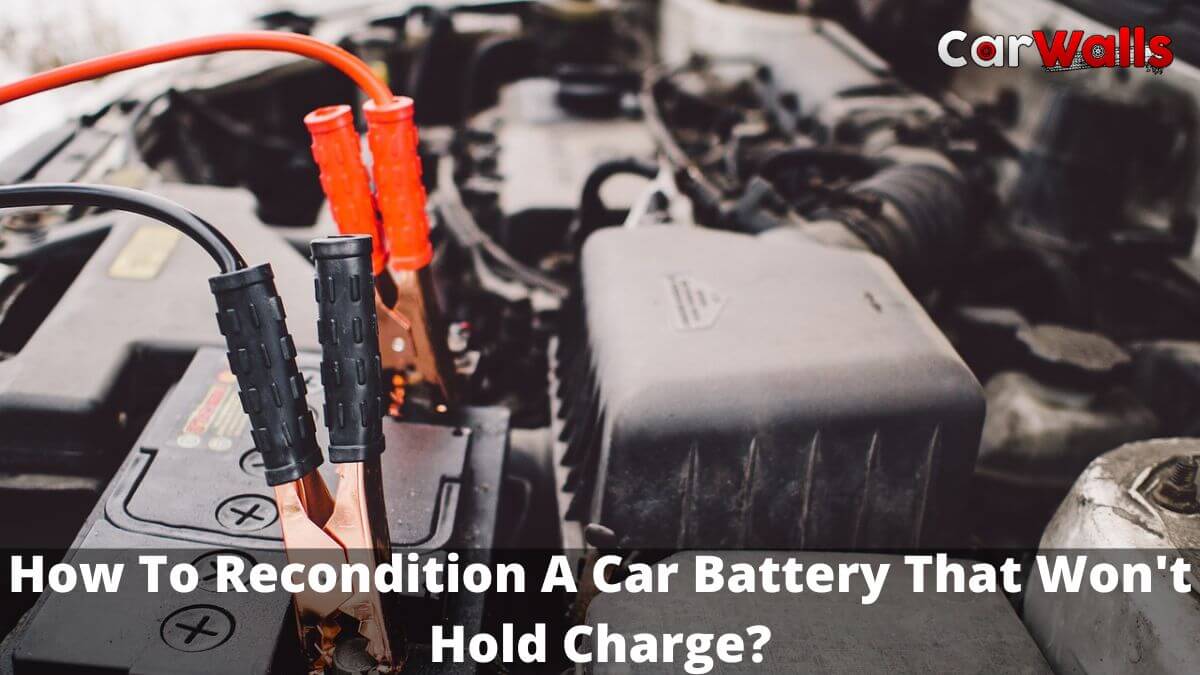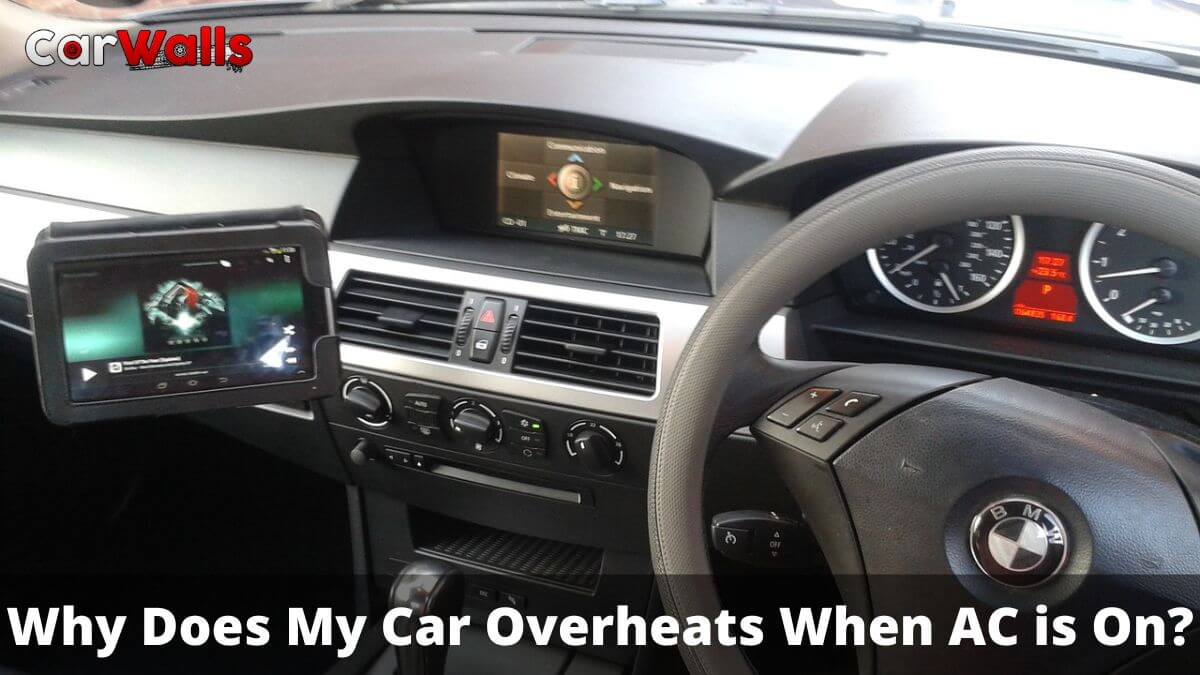How To Recondition A Car Battery That Won’t Hold Charge? There’s nothing more frustrating than trying to start your car and having the battery die on you. And if it seems like your battery has been dying more often than usual, it might be time to recondition it. In this post, we’ll show you how to recondition a car battery that won’t hold a charge. So follow these steps and you’ll be up and running in no time!
This is a problem for many drivers and can be very frustrating. Luckily, it’s a problem that can be solved relatively easily. In this article, we will walk you through the process of reconditioning your car battery so that it will hold its charge again.
If your car battery won’t hold a charge, it’s likely because the battery cells are damaged. This can happen for a number of reasons, including overcharging, undercharging, or simply age. When the cells are damaged, they can no longer hold a charge as effectively, and this results in your car battery dying quickly.
Steps On How To Recondition A Car Battery That Won’t Hold Charge?

The good news is that you can often fix this problem by reconditioning your car battery. This process essentially involves restoring the damaged cells so that they can hold a charge again. It’s not an overly complicated process, but it does require some patience and attention to detail.
- To start, you’ll need to remove the battery from your car. Once it’s out, you’ll need to clean the terminals with a wire brush. This will help to remove any build-up of corrosion that may be preventing the battery from charging properly.
- Next, you’ll need to test the battery cells to see which ones are damaged. You can do this by using a voltmeter. Simply connect the positive lead to one terminal and the negative lead to the other. If the reading is below 12 volts, then that cell is damaged and needs to be replaced.
- Once you’ve identified the damaged cells, you’ll need to replace them. You can do this by soldering new cells into place. It’s important that you use cells of the same size and voltage as the ones you’re replacing. Otherwise, you could damage your battery further.
- Once the new cells are in place, you’ll need to reassemble the battery. Make sure that all of the connections are tight and secure. Then, charge the battery fully before putting it back in your car.
Frequently Asked Questions
Que 1: How Come My Car Battery Doesn’t Hold A Full Charge?
Ans 1: Failures in charging can be caused by a number of factors. A mechanical charging problem prevents the battery from getting recharged when you drive the car. A bad alternator may be causing a parasitic electrical drain on the battery. It’s time to replace the battery because it’s old.
Que 2: What Is The Possibility Of Reconditioning A Completely Dead Battery?
Ans 2: You can recondition the battery for a voltage reading between 10V-12.6V. A voltage reading lower than 10V indicates that the battery is dead and should be replaced.
Que 3: Reconditioning A Battery Charges It?
Ans 3: By fully discharging and fully recharging the battery during battery reconditioning, the system recalibrates the battery capacity reading.
Also Read: How To Read A Battery Charger: A Guide For Beginners
Conclusion
With a little time and effort, you should be able to fix a car battery that won’t hold a charge. This will save you money in the long run, as you won’t have to replace the battery as often. It will also give you peace of mind knowing that your car is running safely and efficiently.







